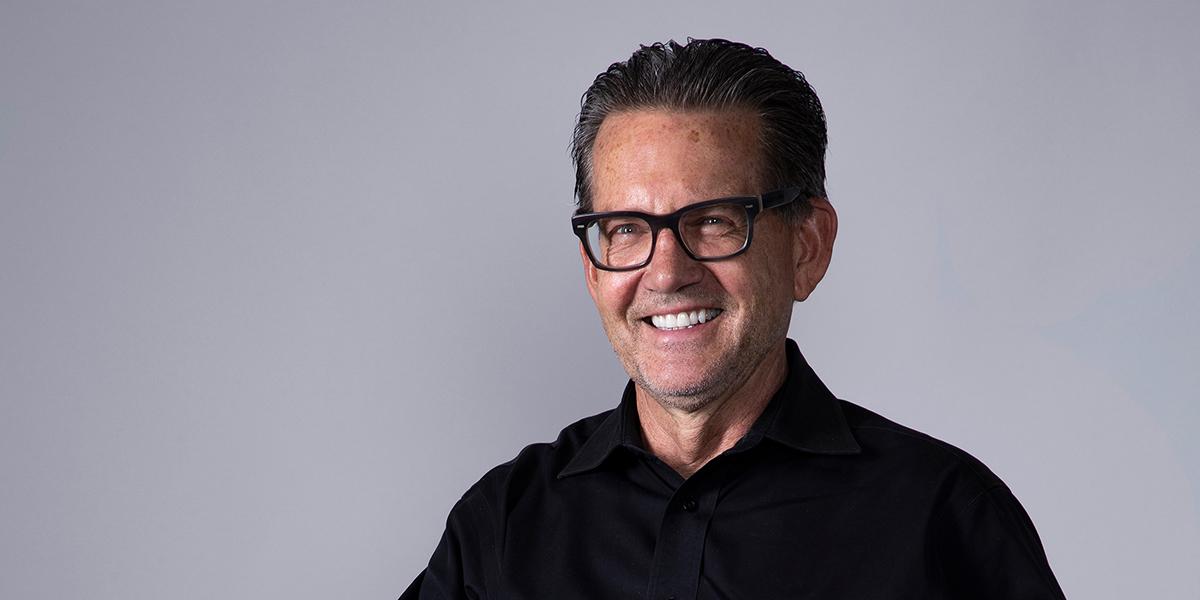Breaking down barriers
Alumnus Bob Murtaugh gives to help the CVM promote a more diverse and inclusive veterinary workforce

Alumnus Bob Murtaugh gives to help the CVM promote a more diverse and inclusive veterinary workforce
Robert Murtaugh
In some ways, the demographic profile of the veterinary profession has done an about-face in the past 50 years.
“It used to be 95 percent men and 5 percent women,” says Bob Murtaugh, ’80 DVM, ’78 BS, chief professional relations officer of Pathway Vet Alliance.
Today, 80 percent or more of younger veterinarians and enrolled students at veterinary schools in the United States are women. Racial diversity is another matter. The veterinary workforce is among the least diverse of the health professions. Ninety percent of its professionals identify as white.
According to the American Veterinary Medical Association, only 70 Black students graduated from veterinary schools in the United States and Canada between 1889 and 1948. That began to change when Tuskegee University, an historically Black college, added a veterinary school in 1945. Tuskegee has since educated about 70 percent of the nation’s Black veterinarians and is recognized as the most diverse of the 31 institutions of veterinary medicine in the country. But even so, Blacks have never made up more than 3 percent of the profession at any given time.
“The veterinary profession simply isn’t a consideration for many people of color,” Murtaugh says. “There’s little exposure to it during the formative years. Without this, chances are other career paths will be pursued.”
Other contributing factors include lack of minority role models in the profession, lower salaries compared to other health professionals, and lack of encouragement from friends, family, and mentors.
Murtaugh has seen the lack of diversity firsthand. During his 15 years as a faculty member at the Cummings School of Veterinary Medicine at Tufts University, he trained more than 1,200 veterinarians and created an emergency and critical care program that became a recognized specialty by the American Veterinary Medical Association. He was chief of staff at a nonprofit community emergency animal hospital in Oregon for two years, then spent 15 years at VCA Animal Hospitals, where he held various clinical and managerial roles. With rare exception, the professionals and students he’s worked with have been white.
But things are starting to change. “In the past decade, there’s been strong interest in encouraging people of color to pursue the veterinary profession,” Murtaugh says. While increasing diversity and inclusion is a goal in and of itself, realizing it would also help avert a looming crisis. A recent study by Banfield Pet Hospital indicates that by 2030, an estimated 75 million pets in the United States may not have access to veterinary care.
The College’s VetCamp and VetLEAD program are designed to attract high school and undergraduate students to the veterinary program.
It all underscores the need to build a pipeline of racially diverse veterinarians. This calls for stakeholders, including industry professionals and thought leaders, to orient people to the profession and help break down barriers for entry to veterinary school. Grade schools, high schools, and colleges play a key role here. So do donors.
I want to live gratitude and give back to the University of Minnesota and causes that are important to me.
Robert Murtaugh
“I’d been thinking about providing a recurring scholarship to support veterinary students of color,” Murtaugh says. Then George Floyd was killed, driving interest in the College of Veterinary Medicine Diversity and Inclusion Scholarship.
Murtaugh was the first of several donors to act swiftly. He made a substantial gift and plans to contribute the same amount every year for at least the next five years. “Each gift is intended to support a first-year veterinary student of color for one year,” he says. “I want to live gratitude and give back to the University of Minnesota and causes that are important to me.”